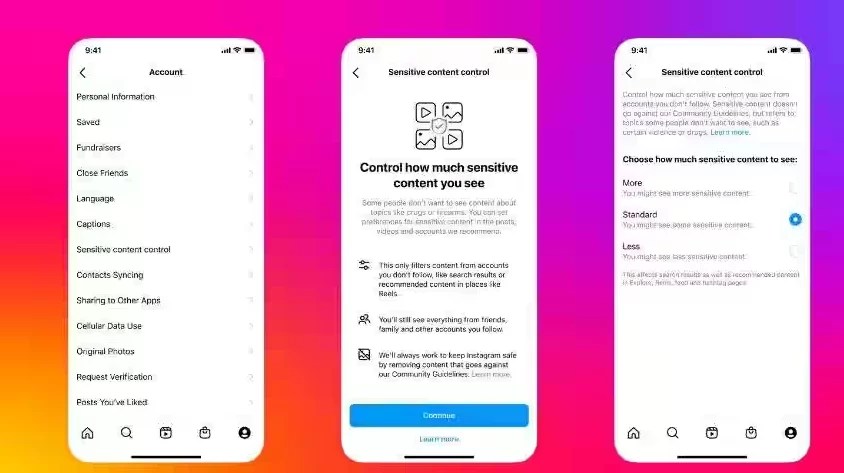Instagram users have been trying to crack the code of the platform’s mysterious algorithm for years. The secret sauce behind what makes certain posts more visible than others has always been a hot topic of debate. Now, Instagram is finally shedding some light on how its recommendation system works.
The Instagram Algorithm: Not a One-Size-Fits-All Solution
Contrary to popular belief, there isn’t a single, all-encompassing algorithm governing Instagram’s content recommendations. Instead, the platform uses a multitude of factors, algorithms, and data points to curate a personalized experience for each user. These factors vary depending on the specific section of the app, such as the main feed, Stories, Explore page, or Reels.
The Main Feed
The main feed is where most users spend their time on Instagram, scrolling through posts from the accounts they follow. The algorithm prioritizes content based on several key factors:
- Interest: Instagram predicts how much a user will be interested in a post based on their past behavior. This includes the types of content they’ve liked, saved, shared, or commented on.
- Recency: More recent posts are generally ranked higher, as Instagram aims to keep users up-to-date with the latest content.
- Relationship: The platform gauges the user’s relationship with the account that posted the content. For example, content from close friends or family members is likely to be ranked higher.
Instagram Stories
Stories, the ephemeral content format that disappears after 24 hours, are ranked differently than the main feed. Instagram considers factors such as:
- Viewing Frequency: How often a user views an account’s Stories plays a significant role in ranking. More frequently viewed Stories rank higher in the user’s feed.
- Interactions: Engaging with an account through direct messages (DMs) or liking their Stories can boost the ranking of their content.
- Relationship Assessment: Similar to the main feed, Instagram evaluates the user’s relationship with the account and prioritizes content from close connections.
The Instagram Explore Page
The Explore page is a treasure trove of content from accounts a user may not yet follow. To populate this page, Instagram looks at factors such as:
- User Interests: Content that aligns with the user’s interests, based on their past actions, is more likely to appear on the Explore page.
- Content Similarity: Instagram recommends content that is similar to what the user has previously engaged with or saved.
- Account Discovery: The platform also considers the likelihood that a user will follow an account based on their engagement with similar accounts.
Reels
Reels, Instagram’s short-form video feature, has its own specific set of factors for content ranking:
- User Engagement: A user’s past likes, saves, shares, and interactions inform the Reels they’ll be shown next.
- Content Quality: Instagram factors in the likelihood that a user will reshare a video, watch it to completion, like it, or click on the audio page.
- Visual and Audio Elements: The visuals and audio used in the Reels, as well as information about the creator, such as their follower count and engagement levels, also influence the ranking.
Controlling What You See: User Options and Tools on Instagram

Platforms like Instagram offer users various tools and options to control the content they see. Some of these tools include:
Meta’s “Show More” and “Show Less” Options
Meta, the parent company of Instagram, has introduced “show more” and “show less” options on Facebook. These settings allow users to react to certain types of content and influence the recommendations they receive.
TikTok’s Dislike and Hashtag Filters
On TikTok, users can “dislike” videos to influence the algorithm. Additionally, they can create a list of hashtags and words they don’t want to see in their feed, further customizing their content recommendations.
Do These Tools Actually Work?
The effectiveness of these user settings is debatable. Some studies suggest that fine-tuning a recommendation system using these options barely works. For example, a Mozilla report found that YouTube’s “dislike” and “not interested” buttons had minimal impact on user recommendations.
Conclusion
Instagram’s content recommendation system is a complex and ever-evolving mechanism. By understanding how the platform ranks content across different sections, users can optimize their experience and gain better control over what they see. While the effectiveness of user settings and tools remains questionable, staying informed about the factors that influence content recommendations can help users make the most of their time on the platform.









